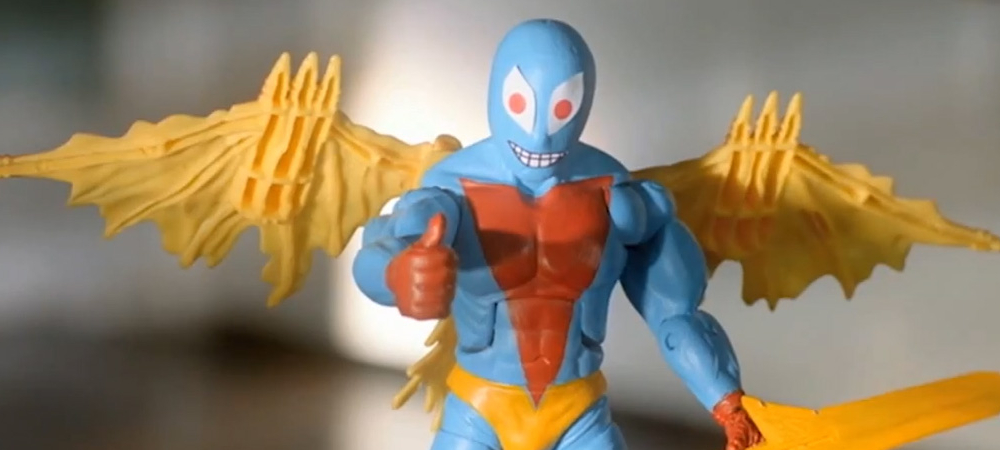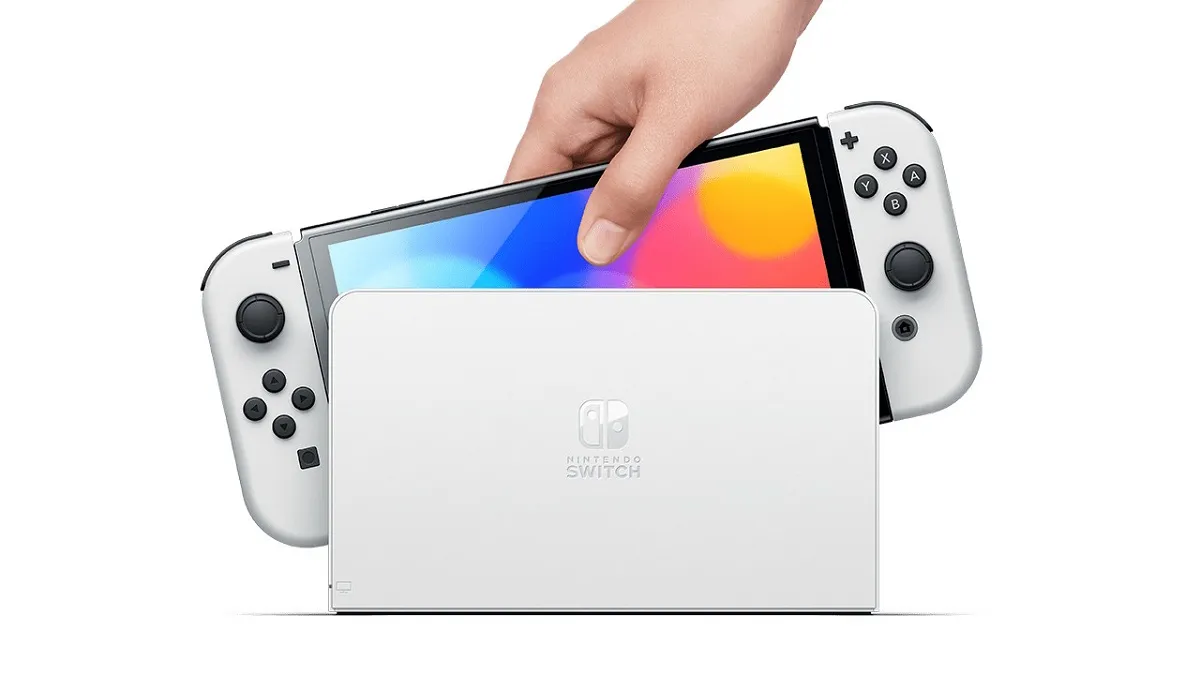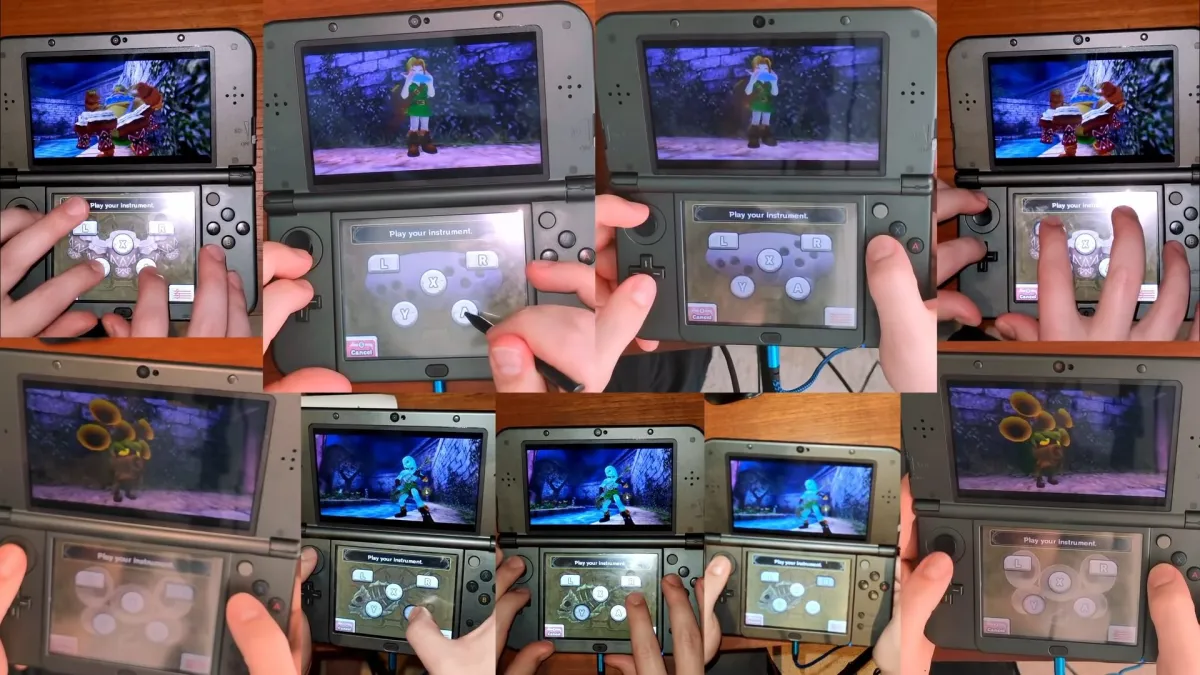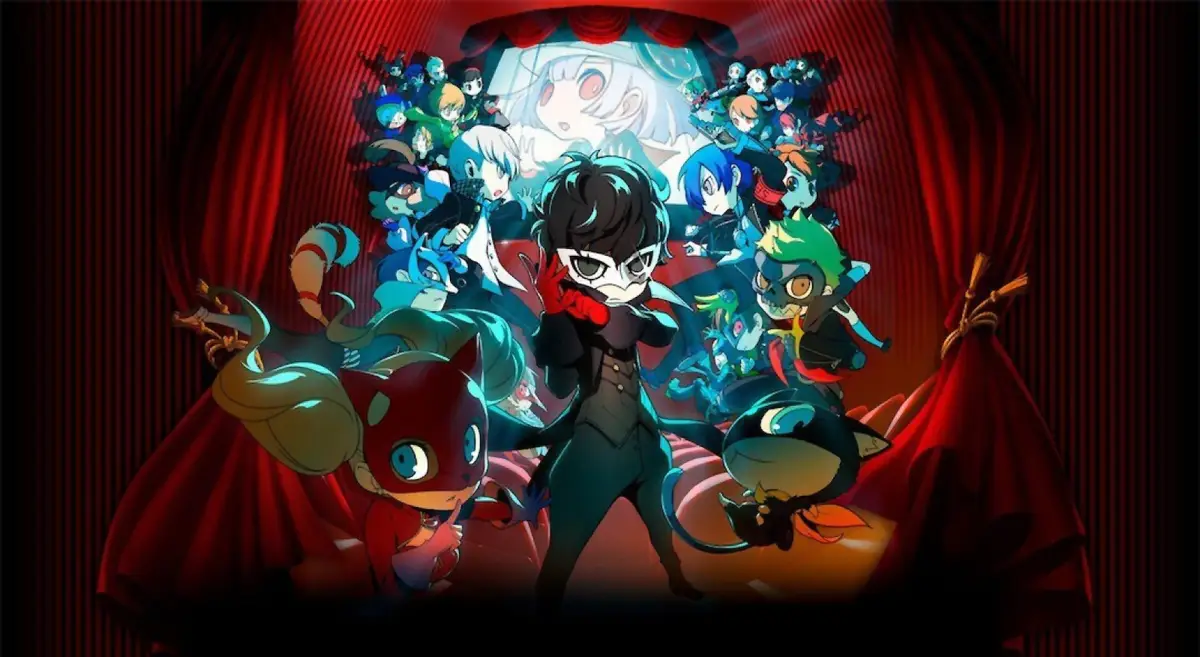Unprecedented partnerships be darned
In the past, the success of a console and its number of marquee third-party titles engaged in a chicken-and-egg relationship where it was hard to tell which drove which. The NES had much more third-party support than the Sega Master System, and it was by far the more successful of the two. The SNES and the Genesis had about equal third-party support, and were also about equal in sales. The PS1 and PS2 had huge third-party support and huge sales. Did the third parties support the consoles because they sold well, or did they sell well because third parties supported them? Fans would argue either point no end, but regardless, the correlation between third-party support and consoles sales seemed pretty clear.
Until the Wii came along.
The Wii certainly got a lot of third-party games, but very few of them are what most of us would call “marquee” titles. On-rail shooter spinoffs of major action/horror series, strange cartoonish violent action/comedy beat-’em-ups, mini-game collections, and very little in the way of major AAA budgeted games. Yet the console managed to go on to be Nintendo’s best-selling home system in history, and arguably the most influential and profitable console of the last generation. Similarly, the 3DS seems to be carrying on quite well for itself, with nary a AAA third-party game in sight, unless you count Resident Evil: Revelations and Monster Hunter 4.
This begs the question, does the Wii U need AAA third-party support to stay afloat, or are there other things that would be even more beneficial to the console in the long run?

Price drop to $200, even if it means making the GamePad optional
The story around the 3DS was very doom and gloom for most of its early life. People were saying that standalone portables couldn’t compete against phones. That’s proven to be wrong, though the 3DS needed a price drop to meet the average consumer’s standard of value.
Things have changed a lot in the past five years since the Wii was huge. PC and phone gaming has exploded, with tons of cheap, smaller, great games available for very little. There was a time when consoles held the majority of the cake in the videogame consumer ecosystem, but now there is at least one cheap instant cake machine in everyone’s home. If you’ve got a smart phone, then you’ve probably got a cake machine on your person at all times. That’s a lot of cake.

With all this cake around, supply and demand has come a lot closer to evening out. Consumers’ expectations on how much a cake-dispensing machine should cost has changed. While the PS4 and Xbox One are selling pretty well now, I wouldn’t be surprised if sales on both slow considerably in six months or so. There are plenty of smart people in the industry that think the days of high-end, high-priced, standalone game consoles moving more than 100 million units in their lifetimes are over.
Of course, “high price” is subjective. It’s not so much about if the consumer can afford to spend a few extra bucks, but if they should. Nobody likes feeling as if they spent more money on something than they “had to,” regardless of how much money they’re sitting on at the time. This a particularly tough problem for the Wii U. If you go purely by specs, you may come to the conclusion that the console alone isn’t worth more than $200. On top of that, the 3DS price drop trained a lot of consumers to wait before they pick up their next Nintendo console. While the console has already sold a lot better since the $50 price drop and improved pack-ins, it’s still got a ways to go before it seems like value to the majority of modern households.

For the Wii U to hit $200, Nintendo may need to offer a bundle that doesn’t come with a Wii U GamePad. Seeing as how most of the recent and upcoming Wii U games don’t have much in the way of required GamePad-specific gameplay, that may not be such a big issue. Though the GamePad is filled with potential, consumers thus far have largely been cold to it. You can only fail at bending the market towards your products and your prices for so long before it’s necessary to give up the ghost and meet them where they’re at.

All the Nintendos
Right now, the Wii U has a couple 2D Mario games, one 3D Mario game, a Pikmin game, a remake of an old Zelda game, three Nintendo-themed mini-game collections, and a new IP in The Wonderful 101. That’s just not enough to make the Wii U a must-have console, even to diehard Nintendo fans. It was only after the 3DS got Animal Crossing, Pokemon, Fire Emblem, several Marios, and an all-new Zelda that many fans of the publisher saw the handheld as a must-own device. Even then there’s still people waiting until the 3DS gets Kirby, Metroid, and Rhythm Heaven.
This speaks to the idea that there are very few “Nintendo fans,” and a whole lot of people who love a few of the publisher’s games but feel indifferent to the rest. Contrary to what some may tell you, Nintendo has tons of different series running at any given time, most of them in very different styles and genres. If Nintendo wants the backing of everyone who has ever loved a Nintendo game to commit to their new console, they have to work to please all of them.

From the sounds of it, that’s where they’re headed. Fire Emblem X Shin Megami Tensei, Yarn Yoshi, Mario Kart 8, and X (the new game from the team that developed Xenoblade) will all work to pull in the different corners of “Nintendo fans” who are currently on the fence about the Wii U. New Pokemon, Metroid, Zelda, Rhythm Heaven, F-Zero, Star Fox, Advance Wars, Golden Sun, Animal Crossing, and even EarthBound games could do even more to break the resolve of consumers who are currently able to resist purchasing a Wii U.
For Nintendo, it won’t be about making a couple games that everyone wants a little. It’ll be about making a ton of games that some people want a lot, and getting them all under one roof.

More second-party surprises
When Bayonetta 2 was announced as a second-party Wii U exclusive, Nintendo made headlines in a way that they haven’t in years. Would the game continue all the sexually-charged, sacrilegious ridiculousness from the first game? Would Bayonetta 2 have been possible without Nintendo stepping in to fund it? These are the kinds of questions few asked about Nintendo in the Wii years. By putting their name and money behind Bayonetta 2, they showed the world that they may not be as old and predictable as some would have you think.
Taking that ball and running with it would be the best way for Nintendo to re-brand themselves as a company who shares the same priorities as the average game consumer. I’ve talked before about how enlisting the best and brightest of the small-budget gaming scene would work wonders to change Nintendo’s image, but there is no reason why they couldn’t reach out to more studios like Platinum for similar collaborations.

The Last Story was almost the best new Final Fantasy game never made, but budget and technical constraints kept it from reaching those lofty heights. Set Mistwaker loose with more money on a more powerful console, and Nintendo could rope in millions of Final Fantasy fans who long for the series to return to its Sakaguchi roots. Other M tried (and mostly failed) to cater to modern game consumers who are looking for a sci-fi epic along the lines of Mass Effect. This time, why not hire BioWare to handle the story on the next Metroid, while handling the gameplay internally? What if Mojang, Bethesda, or even Rockstar made then next Zelda? (Note: This article was drafted up before Hyrule Warriors was announced. It’s like Nintendo read my mind!)
These would not be inexpensive enterprises, but the way these announcements would change the greater perception of Nintendo’s place in the gaming landscape would be invaluable.

Reclaim the “anti-hardcore” cool
Though it’s hard to believe it now, Wii Sports was thought of as a “pretty cool game” for a while there. Lines for it at E3 went around the block. It was a time when gaming culture still had the potential to grasp the innocent hope that someday, games could be made for everyone. Since then, the AAA marketing teams have worked over time to convince consumers that the only “cool” games have huge budgets, realistic graphics, tons of violence, and a general underlying worship of all things masculine. They’ve blanked these games with the term “hardcore,” and convinced millions of consumers that being a “hardcore gamer” makes them a member of the nerd elite — an alpha male in a virtual jungle ruled by kill streaks and achievements. Something like Wii Sports couldn’t be seen as “cool” in this new habitat that the marketers have manufactured. It’s too inclusive, too gender-neutral, and too accessible. In other words, it’s “anti-hardcore.”
Still, being “anti-hardcore” doesn’t mean all is lost. Games like Journey, Portal, and of course Minecraft have proven that there are other ways to make a game that will be accepted as “cool” than to pump it full of steroids, bullets, and polygons. These games have a kind of cool that comes from defying marketing trends or common concepts of what a videogame should be. Their ideas are the kind that end up delivering more bang for the buck than AAA-budget monstrosities.

This is the kind of cool Nintendo used to specialize in. EarthBound, Pokemon, Animal Crossing, and of course, Mario and Zelda all exuded that kind of cool when they first hit. The problem is, Nintendo is yet to exhibit that kind of cool on the Wii U in a way that makes people stand up and take notice. It might not take a lot to change that. They wouldn’t even need to do anything all that original. In fact, most wouldn’t want them to. Nintendo pioneered many of the ideas that made many modern “anti-hardcore” games so popular. All they need to do is tap into those ideas and blow them up to meet the current standard.
Imagine a huge Minecraft clone that looks like Nintendo Land, with districts fashioned after classic Nintendo franchises, with the option to buy new companion characters at the store in the Skylanders way. Give us giant bosses to fight with our friends like in Monster Hunter, and the ability to catch them like in Pokemon. Give us thousands of outfits, weapons, companions, and other customizable aspects to discover and collect. Incorporate a widget that allows for instant recording of gameplay and upload to YouTube (along with all new forms of Miiverse integration). Make it so you can create whatever you want, attack other players however you want, and do whatever you want all the time. Add a real-time clock. Include areas that randomize every time you play for some roguelike flair.

But will it blend?
Pull all of these things together, and the Wii U might not just survive this console generation, it may thrive. Many are already counting the Wii U out of the game, but they aren’t thinking by the new rules of hardware. They’re forgetting how the PS3 sales went from tepid to explosive after some drastic price drops, some eye-opening exclusives, and an image shift away from the likes of Talladega Nights and towards thatgamecompany. They’re not thinking about how the Xbox 360 had a price drop, a redesign, and the launch of Kinect before it really took the mainstream consumer base by storm.
Anything can happen in the world of modern hardware. There won’t be any telling how well any of the consoles will do until they’re close to the end of their lifecyles. The days of biggest install base/AAA third-party support chicken-or-egg paradigm of success are over. There are just too many variables in today’s market (and too little money to be made with 3rd party console exclusives) for things to remain that simple.

With that paradigm gone, maybe people will stop worrying about how well their console sells. Maybe we can enter an age where consumers focus less on fearing that they may not have bought the console that will get the most games, and start focusing on the hundreds of games they already have at their fingertips. Will Wii U owners be upset that they won’t be able to play the new Mass Effect or GTA on their console when they’re busy playing the new Shovel Knight or the new Smash Bros.? It will be interesting to see how it unfolds. I’ll be sure to keep an eye on how the perceived importance of a console’s install base and third-party support evolves over the next five years, but only in between rounds of Smash Bros. I’ve got to keep my priorities straight.




